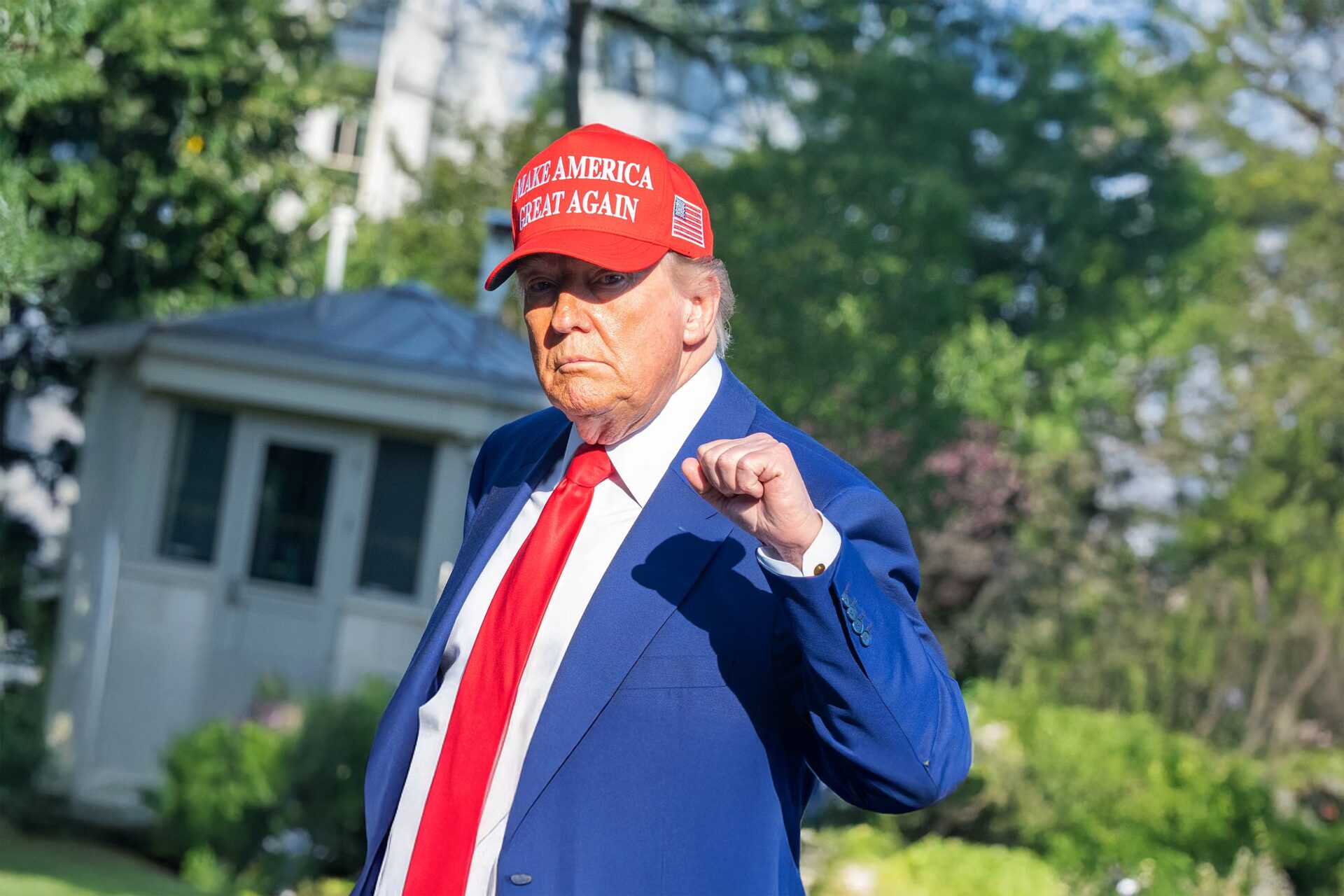
No Treaty Yet, but BREAKTHROUGH Looks Near!
A White House-hosted summit between the leaders of Armenia and Azerbaijan signals a major U.S. diplomatic engagement, with implications for regional alignment and long-standing territorial disputes.
At a Glance
- President Trump hosted Armenia and Azerbaijan for peace negotiations in Washington on August 8.
- Talks center on the Zangezur Corridor, a key transit route connecting Azerbaijan to Nakhchivan via Armenia.
- No official treaty has been signed, but both sides report progress toward a long-term agreement.
- Russia’s traditional mediating role appears diminished amid its broader geopolitical challenges.
- Analysts note the summit marks a significant U.S. effort to shape South Caucasus diplomacy.
Summit Signals Renewed U.S. Engagement
On August 8, 2025, President Donald Trump convened a peace summit at the White House with the leaders of Armenia and Azerbaijan, aiming to mediate a resolution to decades of conflict rooted in the Nagorno-Karabakh region. The event reflects a shift in the balance of diplomatic influence, as the U.S. takes a more assertive role traditionally held by Russia in this region. Previous rounds of talks—including meetings in Abu Dhabi—helped lay the groundwork for this high-profile engagement in Washington.
Watch now: Trump Hosts Peace Summit for Armenia and Azerbaijan · YouTube
The backdrop of the summit includes a complex history of conflict between the two nations, marked by ethnic strife, territorial changes, and multiple unsuccessful ceasefire efforts. The 2020 war significantly altered regional dynamics, and recent reductions in Russian diplomatic leverage have allowed space for new international actors to mediate. While no binding treaty has emerged from the summit, officials from both countries have described the dialogue as productive and ongoing.
Corridor Talks and Regional Implications
A focal point of the negotiations is the Zangezur Corridor, a proposed transport link through southern Armenia that would connect Azerbaijan to its exclave, Nakhchivan. Azerbaijan seeks secure and continuous access to the corridor, citing economic and strategic priorities. Armenia, in turn, emphasizes the importance of sovereignty protections and long-term security assurances.
The outcome of the corridor dispute could have broader effects on regional logistics, energy distribution, and trade routes between Europe and Asia. Experts note that any agreement on Zangezur could impact infrastructure investments, energy markets, and regional alignments involving Turkey, Iran, and Russia.
Regional Realignments and Diplomatic Context
The summit reflects a larger trend of realignment, with both Armenia and Azerbaijan increasingly engaging with Western nations and international institutions. Observers note that these developments come as Russia faces diplomatic and economic constraints stemming from its conflict in Ukraine and internal challenges. The diminished presence of Russian mediation has left a vacuum that the United States is seeking to fill.
U.S. officials have framed the summit as a diplomatic opportunity to promote regional stability, encourage economic cooperation, and support long-term peace. While some critics highlight unresolved issues—particularly regarding displaced populations and border demarcation—there is broad acknowledgment that the summit represents a notable step toward conflict resolution.
Outlook and Next Steps
While a formal treaty has yet to be finalized, the Washington summit marks a potential turning point in the South Caucasus peace process. Any agreement brokered under U.S. leadership could redefine long-term diplomatic roles in the region and open avenues for international trade and infrastructure development.
Political analysts point out that successful resolution would bolster American diplomatic credibility and could serve as a precedent for future conflict mediation. However, ongoing negotiations must address complex challenges, including security guarantees, ethnic tensions, and enforcement mechanisms.
The international community will be watching closely in the coming days to see whether substantive agreements emerge—and whether the United States can sustain its renewed engagement in a region long marked by instability.


